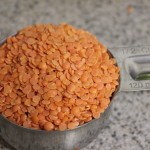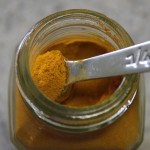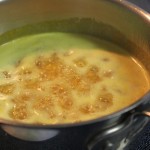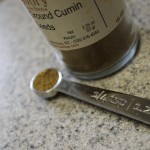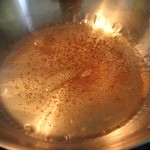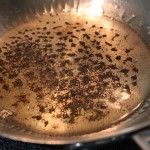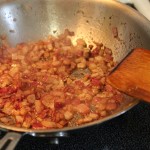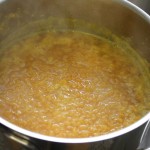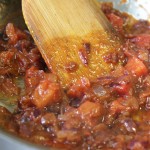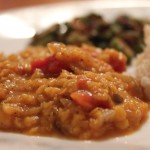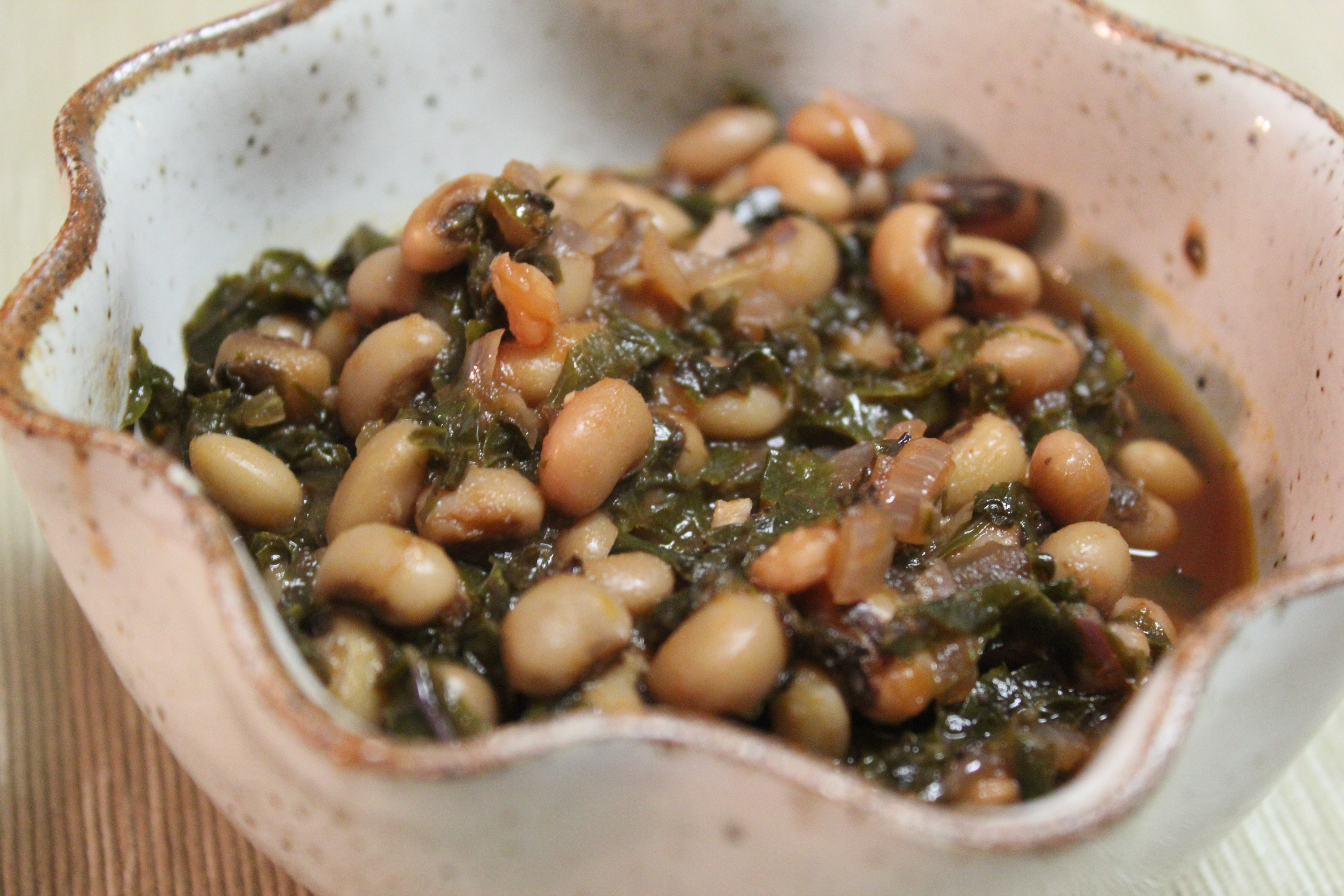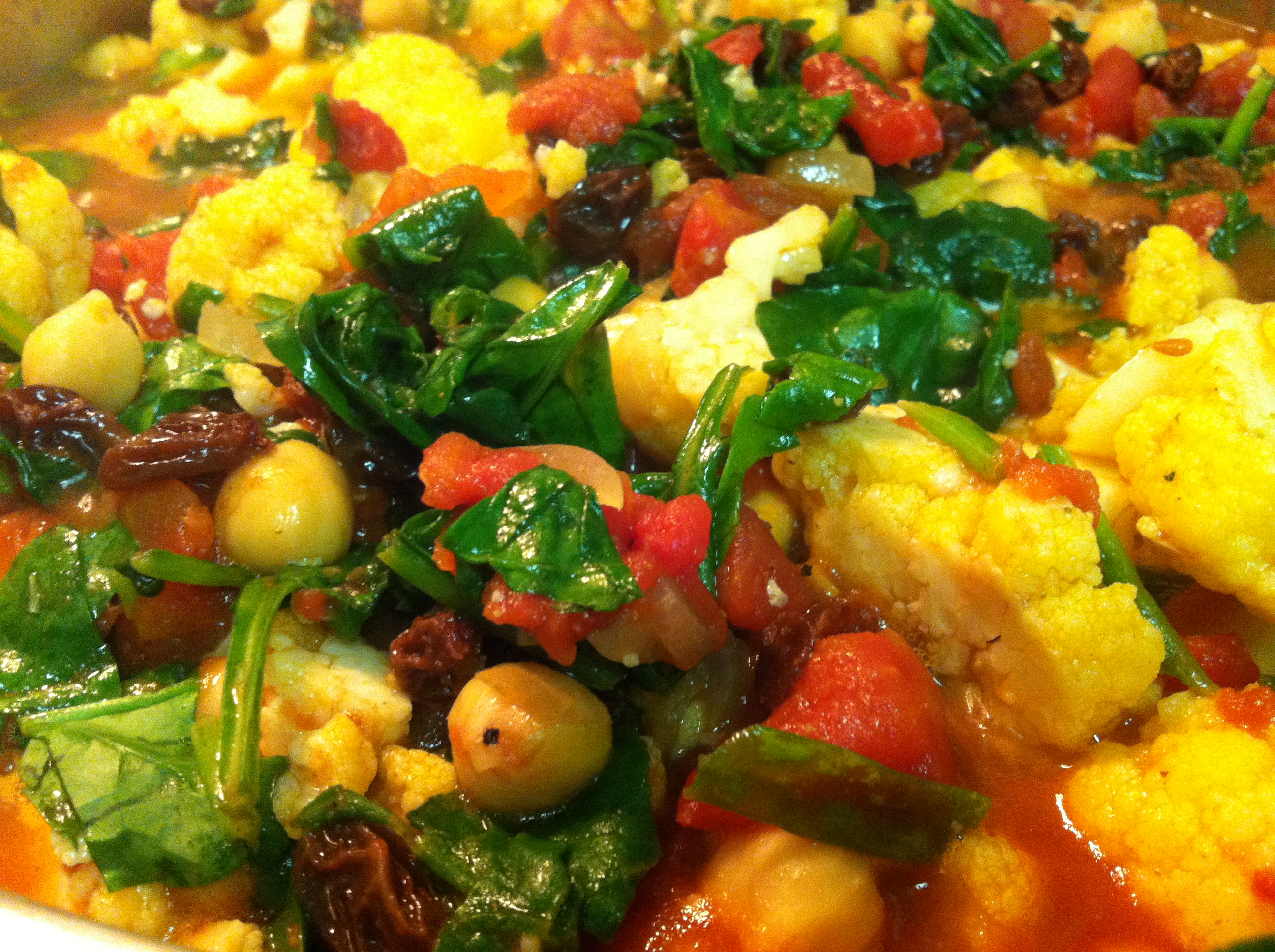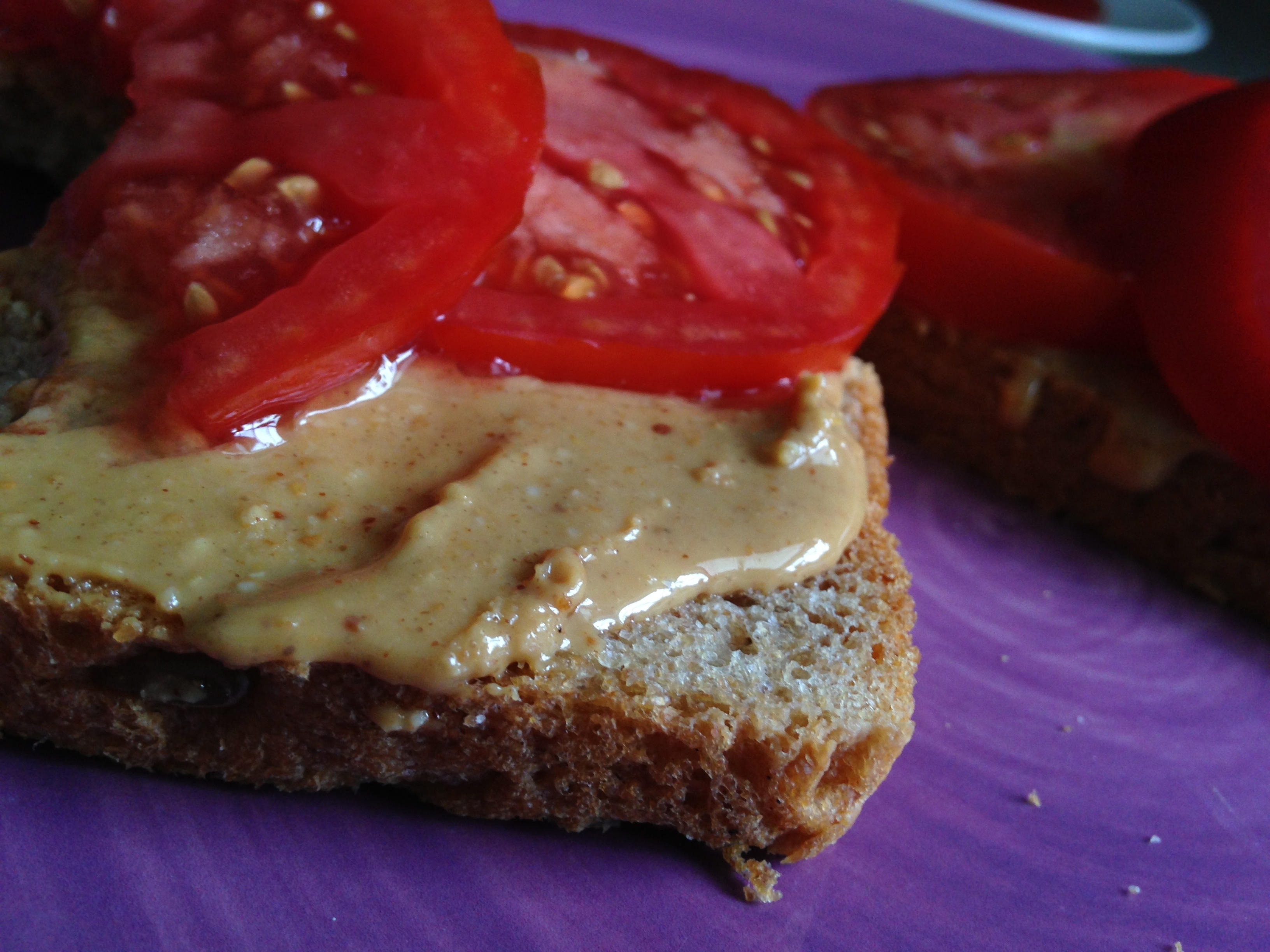I arrived in Chennai not via the Chennai Express, but arrive I did just in time to sleep away my long journey and wake up hungry, ready to eat my way through India. Well, not literally, but I was hungry. And my first meal — and now for sentimental reasons my favorite — was pongal (rice and lentils cooked together and seasoned with cashews, peppercorn and cumin). Sounds incredible, right?!
Placed before me was a spoonful of pongal and the question posed, “Do you need a fork?” caught me slightly off-guard, but not completely. I simply hadn’t contemplated eating utensils in my pre-trip thoughts. Have I ever thought about eating utensils except perhaps when considering their proper placement in relationship to the napkin, place mat and plate? Truthfully, no. In my various travels to foreign destinations it’s never crossed my mind to wonder whether I would use a fork at mealtime, but only when and from where would my next meal be coming. Let’s be honest. I’ve got a lot more to worry about with the food going into my mouth than to stress about the vehicle for getting it there. And worry I didn’t my entire India trip; I had the most vigilant food guardians surrounding me at all times to ensure no dairy ever crossed my lips, a feat almost inconceivable for India.
Did I need a fork? I quickly scanned the place settings of my table companions, saw no known utensil whose express purpose is for food delivery and my immediate response was, “No, I’m fine!” and that was that. Question answered, my fingers immediately assumed their new role as supplier of all sustenance and as they bent to their task something marvelous happened. I experienced my food. I’m not talking about holding a slice of pizza with your hand or grabbing a cookie out of the jar, or even biting into an apple as the juice careens over your knuckles. I’m talking tactile connection. Suddenly my fingertips were reaching, gathering, forming and providing each morsel to my mouth. As my food-laden fingers bumped into my bottom lip, I smiled, wondering to myself if this is the euphoria babies must feel as they touch and taste their way through the world? Perhaps, yes, and then just as they are turning their personal corner on adeptness, we thrust a spoon into their messy fingers, forcing distance between food and the one feeding.
Every single meal I experienced in India was a meal I vividly remember. Every single one. While I cannot tell you the specific names of the foods and dishes I ate, I can tell you how they felt: their consistency or crust and what my fingertips learned during our shared culinary journey. How differently the foods of Chennai felt compared to the dishes of Delhi. How certain spices ignited the sensitive skin just underneath my nails and how that ignition sent an immediate signal to my tastebuds, who started salivating in those nano-seconds just before wrist arch and finger liftoff.
Now that I’m back home I’m much more relaxed about utensils and their relevance on our dinner table. I’m much more interested in how I prepare myself to receive it.


